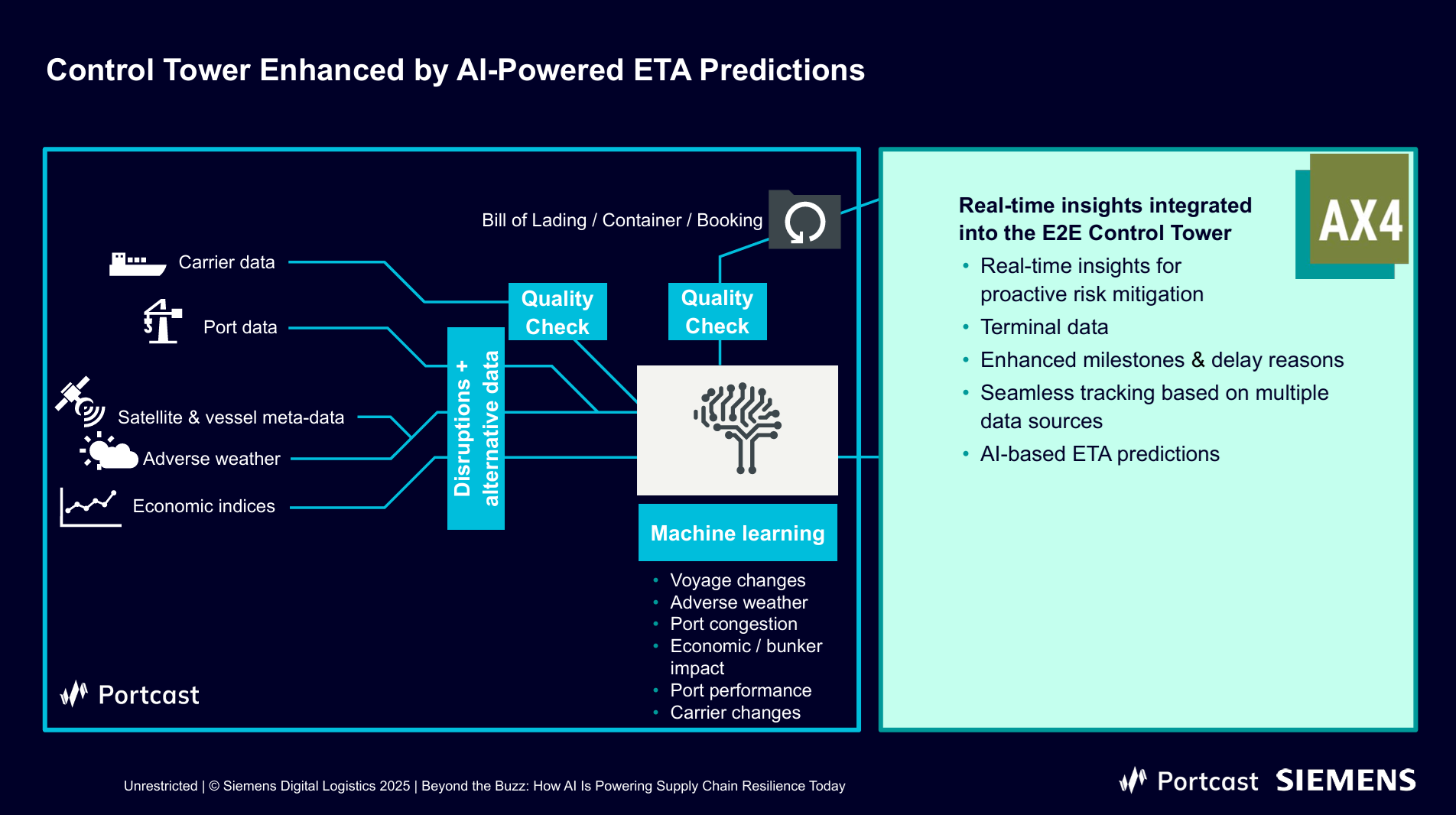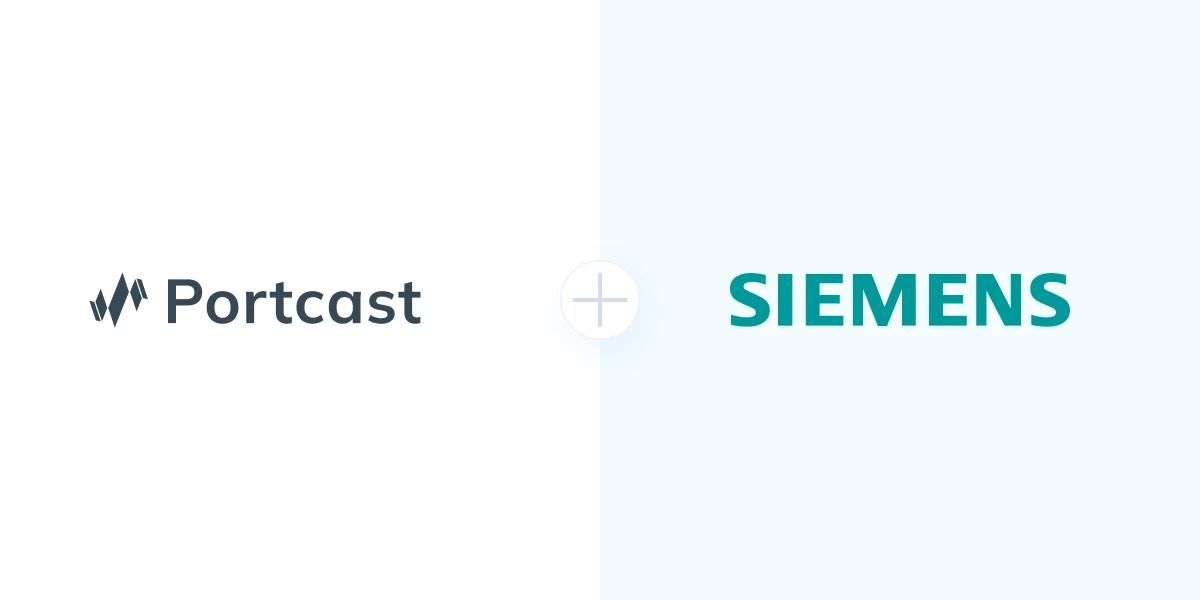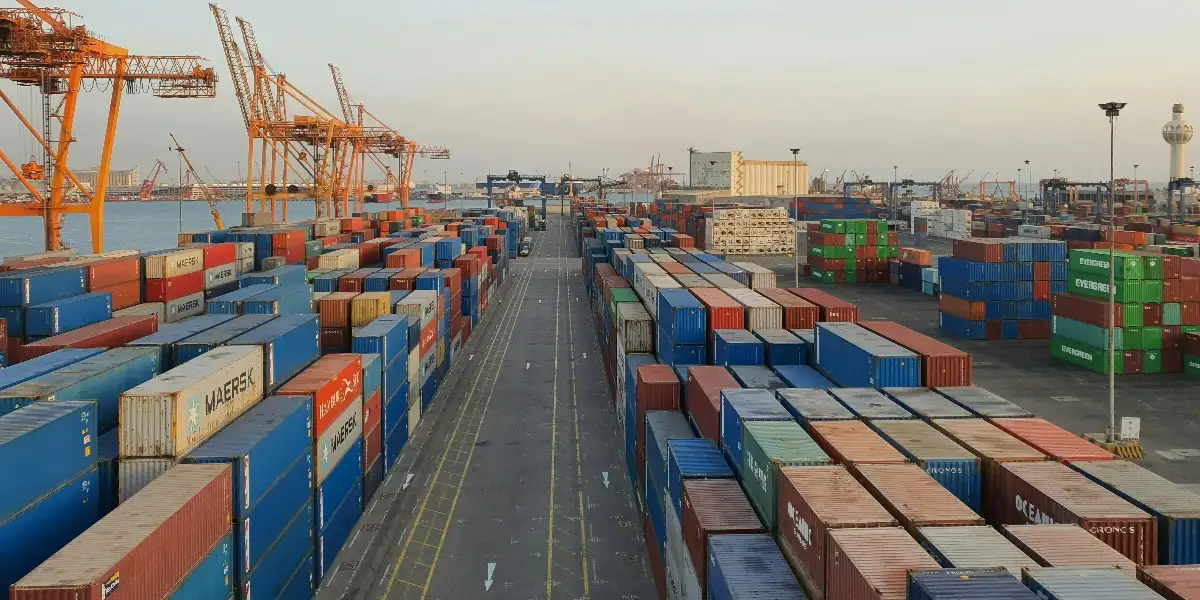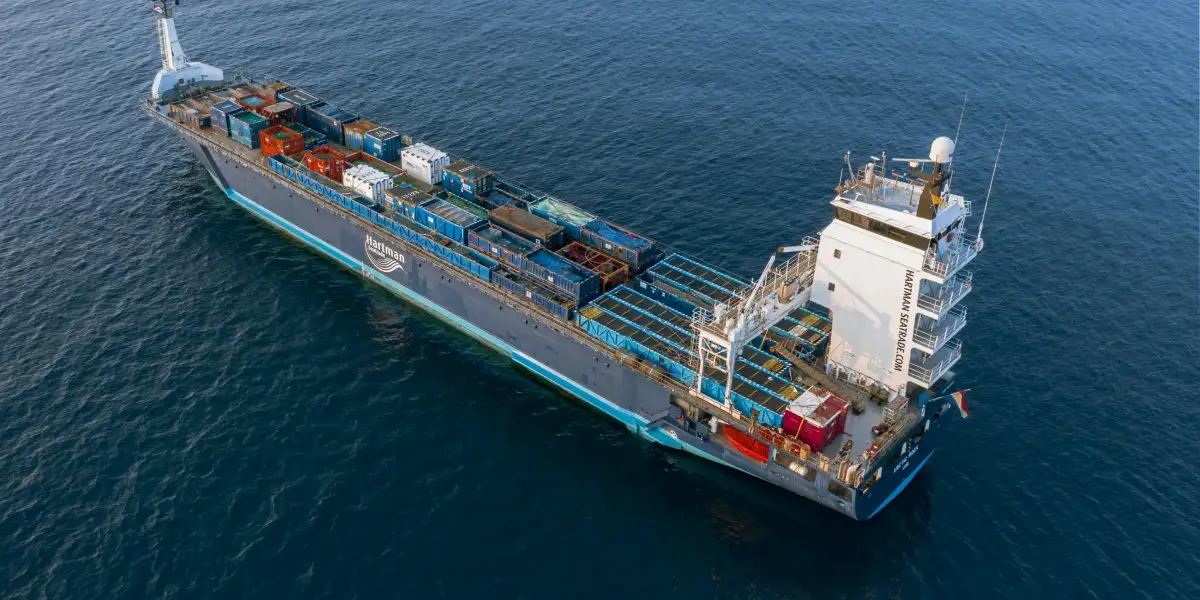What does it actually take to build a supply chain that can anticipate disruptions rather than constantly react to them? For global manufacturers and logistics leaders, resilience is now about prediction, not reaction. With disruptions growing in frequency and complexity, the real advantage lies in systems that can sense risks early and drive faster, smarter decisions.
Understanding the Real Pressure Points in Global Supply Chains
Supply chains today operate under immense complexity. Product portfolios are expanding, lead times are shrinking, and global shortages in critical components continue to ripple through production schedules. Each layer of this ecosystem, including suppliers, manufacturers, logistics providers, and customers, adds another level of coordination and potential misalignment. At the same time, businesses are expected to meet ambitious sustainability goals without compromising cost or competitiveness.
These challenges are not abstract. They shape daily operations and have a direct impact on profitability.

According to industry benchmarks:
- Only 21% of supply chain leaders have true end-to-end visibility.
- 5–7 internal teams often chase the same shipment across emails, portals, and spreadsheets
- 8% - 12% of total freight spend is hidden in detention, demurrage, and accessorials.
These inefficiencies are what drive the growing demand for AI-driven solutions that can make sense of this complexity.
How Predictive Intelligence Strengthens Supply Chain Resilience
When applied to logistics, AI helps transform fragmented data into meaningful insights. It enables predictive visibility by forecasting delays, identifying idle containers, and detecting transshipment risks early. This allows teams to adjust plans dynamically, improve collaboration, and focus on decisions that truly matter.
Equally important, predictive intelligence connects data from multiple systems and partners, ensuring that everyone across the supply chain operates with the same, accurate view of what is happening.

For example, when Portcast's predictive visibility capabilities combine with Siemens' AX4 Control Tower, data does not just inform—it drives action. Predictive alerts flow directly into operational workflows, enabling planners to respond proactively and effectively. The result is a seamless link between intelligence and execution, where every decision is powered by reliable, real-time data.
Delivering Predictive Insights Through the Portcast–Siemens Collaboration
The collaboration between Portcast and Siemens Digital Logistics focuses on creating smarter, more resilient supply chains through three pillars: better data, actionable workflows, and shared visibility.

This integration transforms the way logistics teams manage exceptions. Instead of spending hours verifying data or chasing shipment updates, planners can rely on predictive intelligence to surface what matters most and take immediate action. It is a shift from reactive management to proactive planning, allowing teams to prevent problems rather than fix them after the fact.
Real-World Impact: An Automotive OEM Case Study
A global automotive OEM illustrates the real impact of this joint solution. The company faced ongoing challenges with incomplete carrier data, forcing teams to conduct manual investigations despite having a control tower in place. Integrating Portcast's visibility data into Siemens AX4 changed that.
Real-time ETAs, early alerts on idle containers, and detailed delay reasons, including weather events such as Typhoon Ragasa, became available directly within their workflows.
The impact was significant. The OEM achieved a 50% increase in user productivity, a 70% improvement in data accuracy, and a 10% reduction in premium freight costs. These gains did not just reduce operational friction but built a more predictable and stable supply chain that could adapt to disruption instead of being derailed by it.
Takeaways for Supply Chain Leaders
The path to resilience starts with data. Accurate, timely, and contextual data enable AI to deliver meaningful insights. Yet insight alone is not enough. It must be connected to operations. When predictive analytics are embedded into daily workflows, teams can act on information quickly and with confidence. Collaboration across partners further amplifies this effect, as shared visibility reduces blind spots and aligns decisions across the value chain.
For most organizations, the smartest approach is to start small and scale intentionally. Beginning with one area, such as ocean freight visibility, allows teams to demonstrate measurable value before expanding predictive intelligence across all transport modes and geographies. Over time, this creates a data-driven foundation for continuous improvement, where every decision adds resilience to the network.
The insights in this article are drawn from a recent webinar featuring Nidhi Gupta, CEO of Portcast, and Alessandro Guttenberg, Senior Technical Product Manager at Siemens Digital Logistics, who shared how AI-driven visibility and control tower integration are redefining the future of supply chain management.
.webp)
To learn more about our joint solution and how we're helping manufacturers and logistics providers build resilient, data-driven supply chains that can predict and respond to risks in real time:
- Watch the full webinar on demand
- Download the Siemens fact sheet for a detailed overview of the integration
- Contact us to explore how our solution can help your supply chain move from reactive to predictive.







